The COVID-19 pandemic forced many banks to close temporarily — or to restrict access to their lobbies. As the country continues to reopen gradually, you’ll need a detailed plan in place to keep your bank as safe as possible for employees and clients.
While creating your reopening plan, be sure to consider the following elements.
Refer to your local requirements
Before planning your reopening, review your state government’s business requirements. Many states are reopening in phases, so you’ll need to find out which of your state’s phases includes banks. Your state may also have specific requirements regarding the number of people who can be inside your lobby at any time.
Design your bank for safety
Consider the different banking services you offer. Think about how you can provide each of those services safely. It’s best to encourage or require customers to avoid coming into the bank as much as possible, as this will reduce face-to-face interaction with staff and help maintain social distancing.
Your reopening might be the perfect time to highlight your mobile banking apps and online banking options. Promote these along with your reopening. Also, remind customers that they can deposit checks with their smartphones, and highlight the availability of ATMs at your branch locations.
Encourage customers to use the drive-through. To help keep up with demand, increase your drive-through hours, especially on Fridays. If you don’t have one already, install a drive-up deposit box so that businesses can do their banking without coming into the lobby. You might also reduce your lobby hours or only see customers in the lobby by appointment.
Create liability waivers
A liability waiver can help to protect your bank against lawsuits that could result if a customer believes they contracted COVID-19 while doing business at your bank.
You can customize Jotform’s COVID-19 liability waiver to your business needs — it requires the customer to hold your business harmless in the event they contract the virus. This waiver takes just a few minutes to complete and is an important step in protecting your business.
Screen customers and employees
Carefully screening employees and any customers who need to come into the building can help to reduce the risk of COVID-19 transmission. The Centers for Disease Control and Prevention (CDC) recommends that you perform daily health checks. These health checks should include
- Asking if the person has any COVID-19 symptoms
- Incorporating temperature checks and sending anyone with a temperature of 100.4 degrees Fahrenheit or greater home
- Ensuring consistent screening — a screening checklist for visitors and employees can also create a valuable electronic record of every person who visits your bank each day
- Requiring employees to self-screen with the COVID-19 self-screening questionnaire or the coronavirus self declaration form
While it’s helpful to have some printed forms on hand, encourage all staff and customers who need to come into the building to complete forms online. You can do this by incorporating the forms into your website, including them as links in appointment email confirmations, and even sending them through text messages.
Completing the forms electronically helps to minimize the potential for cross-contamination and saves your staff time scanning or entering the information into your systems.
Prepare for contact tracing
If an employee or customer is diagnosed with COVID-19 after being in your bank, you’ll need to work with your local public health administration to implement contact tracing. To be the most effective, contact tracing needs to be thorough and detailed, and it needs to take place quickly.
For contact tracing purposes, be prepared to quickly access information on everyone who was in the bank — including customers and staff — within a specified time frame. Using the electronic forms referenced earlier is a good step to prepare for contact tracing. It’s also important to maintain accurate records of employee schedules and attendance to facilitate contact tracing.
Create a safety checklist
As you develop your reopening plan, create a safety checklist with detailed guidance bank employees should follow to help keep the bank environment safe. Your safety checklist should address the following points:
- Requiring appropriate face masks and face coverings for staff and customers when in the bank
- Showing the location of hand sanitizer stations throughout the bank
- Giving an overview of proper handwashing procedures
- Highlighting available PPE and each item’s appropriate use
- Detailing cleaning procedures, including the frequent disinfection of high-touch surfaces, like ATMs and credit card/debit card machine keypads
- Specifying the steps the bank will take if an employee or recent customer is diagnosed with COVID-19
Each bank branch should customize this plan to fit its individual situation.
In addition to a safety checklist for the workplace, consider designing a safety checklist specifically for employees. Jotform’s coronavirus measures checklist can save you a lot of time and effort, and it can remind employees of important precautions and risk factors to consider.
Moving forward
The pandemic creates a lot of uncertainty, but a thorough reopening plan can help to keep your staff and customers safe. Be prepared to make changes as you go — and as officials release additional guidance.






























































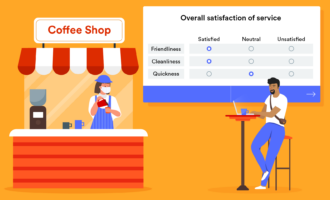
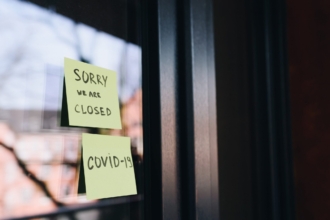
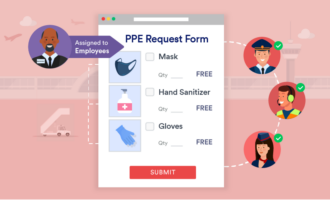


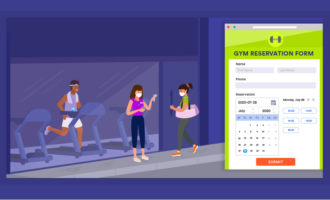










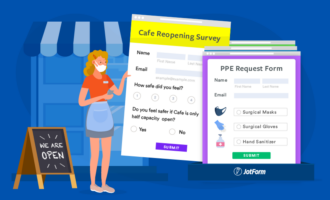
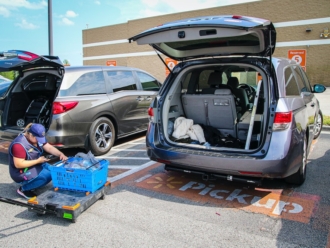
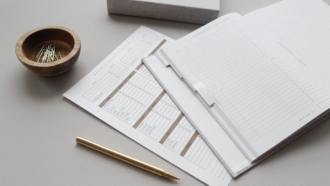








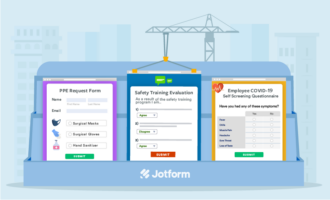
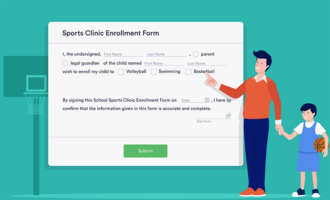






Send Comment: